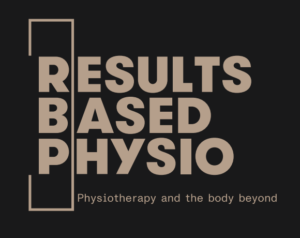Cupping tells a story…
Cupping increases vascular supply (blood supply) to the local tissue via decreasing the air pressure between the cup and the skin. This causes the blood vessels to expand (vasodilation) and therefore increase the blood supply to the tissue. With a greater blood supply, tissue can heal faster as it has a better delivery of what it needs, and a more efficient way of metabolising what it doesn’t need.
Cupping can be diagnostic of local tissue dysfunction. The darker the bruise = the more dysfunctional the tissue is. Read below 👀
Picture left:
- male mid/late 20s
- X marks the spot
- left Sacro-Illiac Joint (SIJ) ligament injury 2 years prior. Still has mild issues left > right side with his lower back / SIJ
- cupping = darker on S1/2 joint left side vs right side
- same pressure / duration with the cupping
Picture right:
- same person
- X marks the spot
- mid / lower thoracic wedge fracture (#T7/8) 3 years ago. Still has mild issues in that area.
- cupping = darker on right ~T7-10 right side worse than left side
If you haven’t tried cupping, I highly recommend you do. If you don’t use them in practice, I highly recommend you do!



